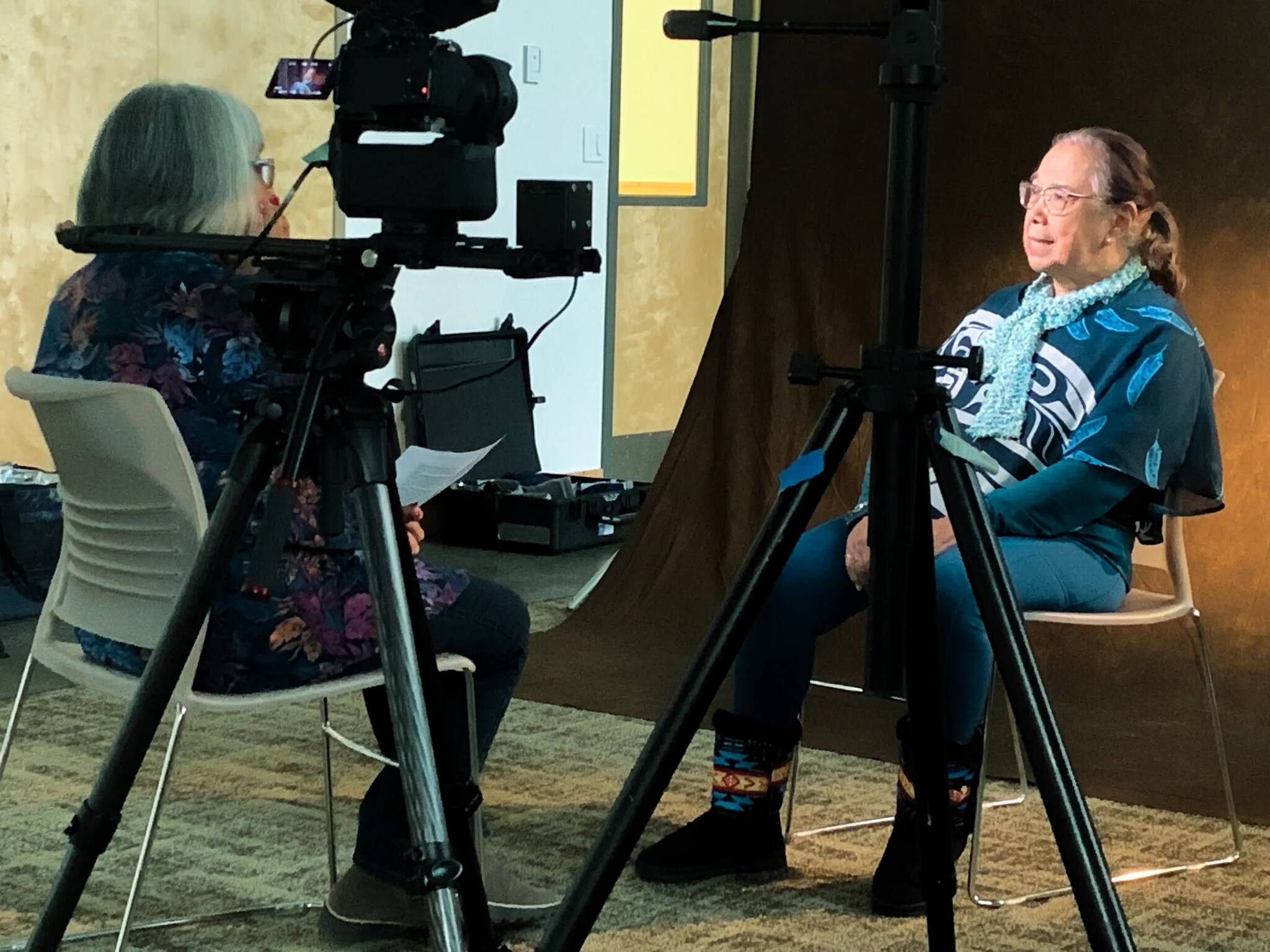For a fairly small island, the history and people of Bainbridge have a long memory.
The Indipino Community of BI, a group whose parents are Filipino and Indigenous, recorded their oral history in a series of interviews by local teacher and Indigenous leader Gina Corpuz.
BI was and remains a complex community that attracts people from all over the world.
According to research by Corpuz, in the economic depression of the 1930s and wartime boom of the early ‘40s, about 36 Indigenous women from tribes throughout Northwest Washington, British Columbia and Alaska moved to Bainbridge to farm and pick berries. When they arrived, they encountered young bachelors who had moved there for similar reasons from the other side of the world — the Philippines — and their marriages created the first Indipino generation on BI.
Recording the oral history of the Indipino community is a way to preserve their stories and honor their memories.
The island “has grown so much,” Joann Oligario said. “I miss the sound of our elders; their Ilocano talking in Filipino Hall. I miss the mothers.”
In the interviews, community elders recounted their BI childhoods, who their parents were and where they came from, and discussed the ways Bainbridge has changed and how they connected to their ancestry.
Many grew up in big families on BI, with lots of friends, both within and outside the Indipino community. Most worked on farms as children, and everyone recalled a childhood well-spent playing outside.
Arlene Corpuz Arausa spoke fondly about her memories on her family’s 20-acre farm: feeding chickens, taking the family horse to drink water from a nearby stream, and playing with the neighbor kids who lived across the road.
“If we wanted to play, we’d just open the door and yell, ‘Come over and play with us,’” Arausa said. Her father ended up selling the family farm in portions, until only 5 acres remain. Arausa lives there today. “I’m so lucky to grow up on Bainbridge. I love being on Bainbridge, in my childhood home.”
Life on BI did not come without its challenges. Many families did not have indoor plumbing, cars or telephones, and farming was not always enough to pay the bills. A few elders recalled their fathers leaving to work on fishing boats in Alaska, or taking work themselves in canneries on BI and in Seattle.
In the meantime, their Indigenous mothers stepped up to care for them, but some Indipino kids still felt an absence at home, too — a lack of cultural context. Many of their mothers were forced into residential schools as children by the U.S. government, which severed the girls’ connection to their history and culture. By the time they grew up and had children of their own, they were unable to share their tribal knowledge, leaving the Indipino kids with an incomplete picture of their identity.
Theodora “Teddi” Almojuela Balagot described how it felt to experience that rift, while simultaneously grappling with her identity as an immigrant.
“I don’t know if it was just our culture, and being part Filipino-American, but you just didn’t learn much about your native side…There was still such a division of whether you’re pure Filipino or part. I just thought, ‘what’s the difference?’” she said.
Prejudice added to stress at home. Balagot shared how her father insisted on speaking only English at home, so Balagot and her siblings would not have an accent. Other Indipino elders remembered being socially separate from white families and enduring jeers from them on occasion. Some folks were nice, elders recalled, but there were always bad apples.
“There was a lot of prejudice and not a lot of support,” Joann Oligario said. Teachers “never thought we could succeed.”
Despite the hardships, Indipino elders look back on their time on BI with pride, in particular at the Filipino Community Hall. Gloria Sorrell called the dances at the hall BI’s “main social activity.” People of all ages would dance with one another to traditional Filipino music. “I absolutely loved the Filipino band. I’ve never heard anything like it since then,” Sorrell said. “They were good times.”
To watch the complete series of interviews, visit the Indipino Community of Bainbridge Island website.



